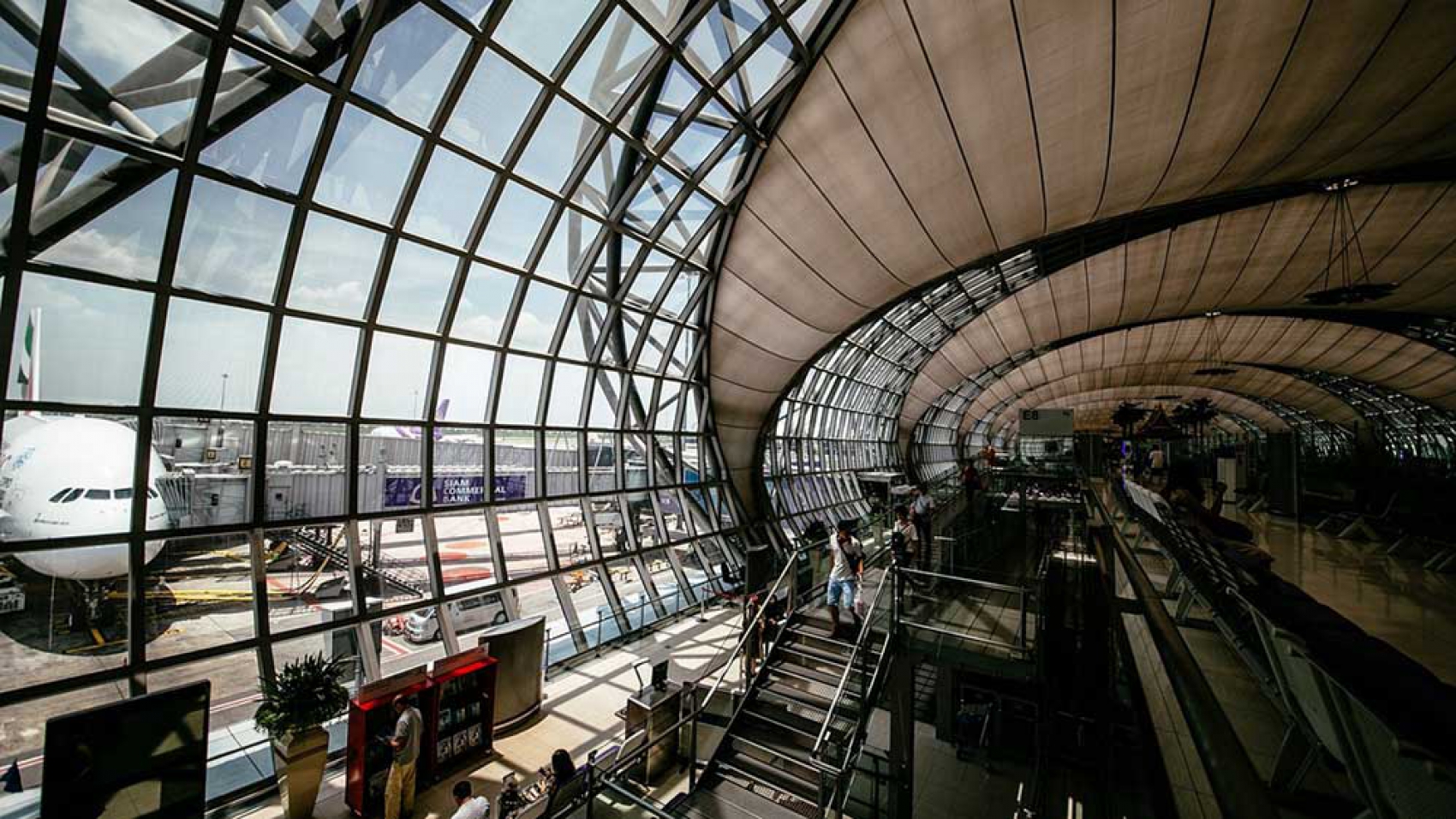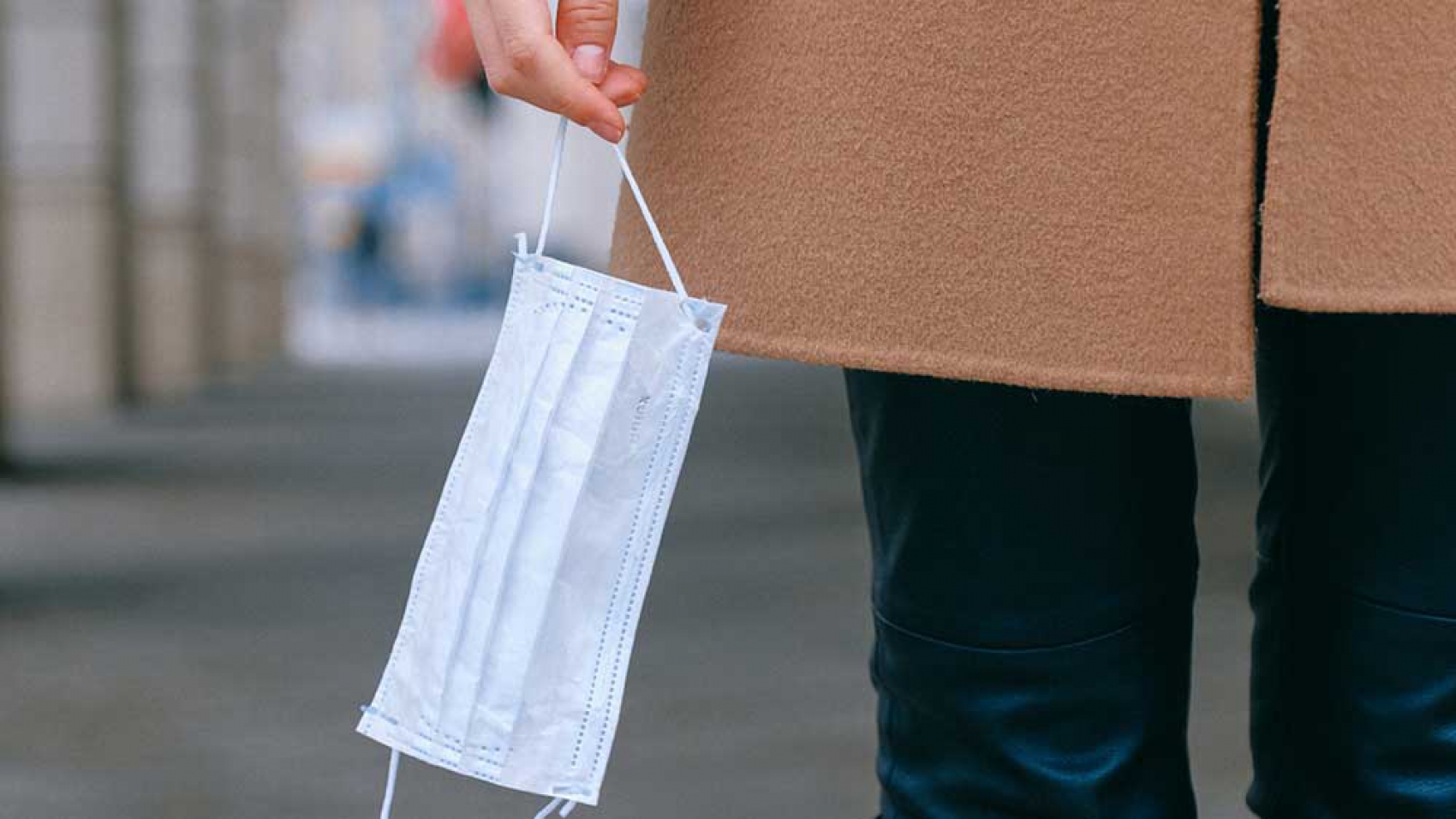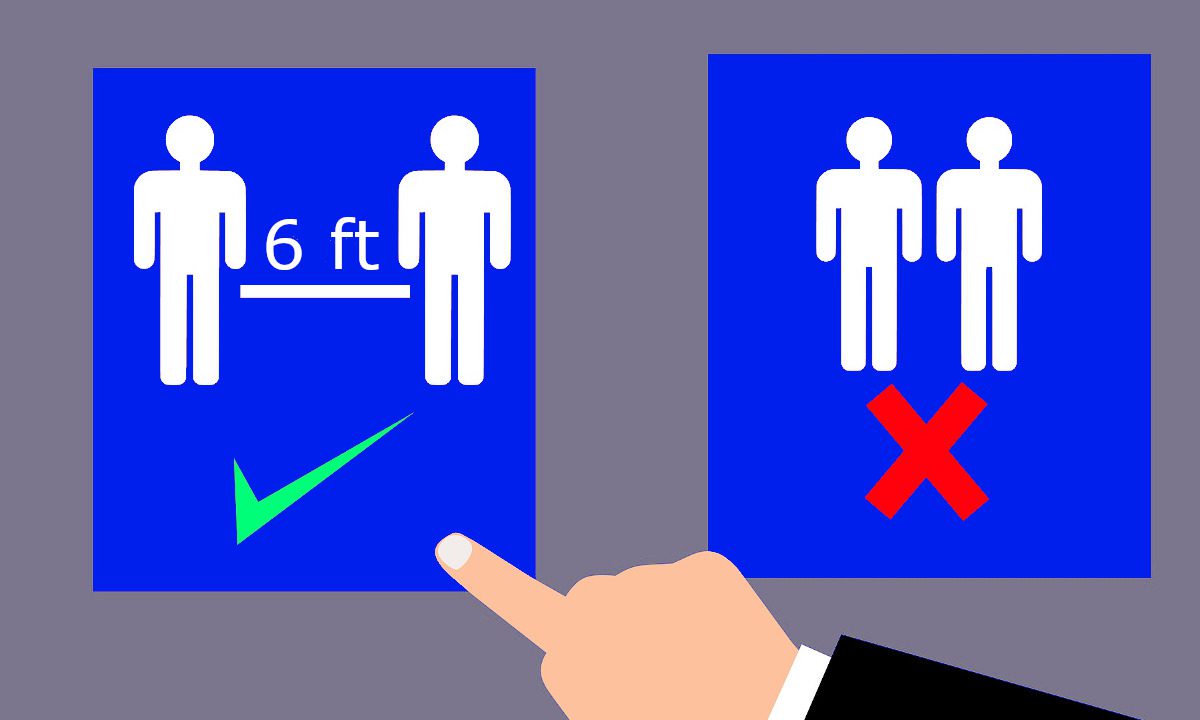As we all begin to live with the global aftermath of Covid-19, the challenge is in creating smarter and safer disaster shelters to alleviate the heavy loads put on hospitals when another infectious disease breaks out or when the next natural disaster occurs.
During any given season of the year, countries face the threat of natural disasters – typhoons, tornadoes, hurricanes, flooding, wildfires, earthquakes, and tsunamis.
Pain Points of Traditional Disaster Shelters

As Covid-19 has brought to light, creating and using impromptu shelters for disease control and prevention leaves much to be desired. Here are a few ways that traditional disaster shelters have failed in the wake of Covid-19 and taught us lessons about what we can improve upon:
- Disaster shelters are typically set up in schools, gyms, public halls or community centers with little or no patient-to-patient or doctor-to-patient separation.
- They require a large number of front-line staff to manage everything on the ground.
- Due to the urgency in accommodating large numbers of victims in these places, these makeshift indoor spaces are often overcrowded and utilized as much as possible.
Due to the situations above, an unexpected and innumerable amount of group infections occurred when the first wave of Covid-19 hit. Because of that, however, we can learn how to improve on the idea of how a disaster shelter should be created.
New Disaster Shelter Criteria
In countries like Taiwan and Japan where natural disasters occur frequently, governments have come up with guidelines for new kinds of disaster shelters. For example, the Office of the Cabinet of Japan has formulated the following criteria for the creation of these new disaster shelters:
- Prepare more sites in advance for disaster shelters in order to reroute much of the affected population.
- To avoid gathering in large crowds, it is recommended that affected people seek refuge at the homes of relatives or friends.
- All people entering the disaster shelter must be physically examined.
- Disaster shelters should focus on maintaining good ventilation.
- Disaster shelters must provide dedicated spaces for people with fevers or other symptoms, and provide a dedicated bathroom to people with abnormal health symptoms if possible.

In the past and under normal conditions, the government advocated that these items be strictly followed. Yet these key guidelines are quite difficult to maintain in an emergency situation.
Edge AI Solutions in New Disaster Shelters
There are many governments and local authorities in countries that are paying attention to how AI technology can be used in shelters in areas at high risk for natural disasters. For example, using an access control system with contactless temperature detection combined with facial recognition technology can record body temperature and personal data when anyone enters the shelter. That data can then be linked to a specific face identity. Because the system is contactless, it can help avoid transmission between the front-line staff and the admitted person because the device replaces the front-line staff with technology.
Furthermore, physical methods have been used to block people from associating with one another. This is achieved by creating spaces separated by plastic or cardboard dividers. Video analytics can be used to confirm the number of people in each area is within limits. Using AI identification along with personnel management can work together to efficiently strengthen protocols and efficiency.
In addition, mask detection video analytics can be used to identify whether or not an entrant is actually wearing a mask. This cuts the common reliance on staff to check at entry and exit points, thus again reducing the need for front-line staff.
Loss or theft of relief supplies for disaster shelters is often a problem. It’s impossible to allocate people to monitor these materials 24/7. If there are non-staff wandering around the storage area, video analytics can alert the proper personnel and warn them to take necessary action.
Finally, in case an infected person does enter a shelter, focusing on contact tracing methods to effectively locate all the people they have interacted with to prevent further spread of the disease is important as well. Carrying out effective contact tracing, quarantines, and similar measures can benefit from technology and is being closely watched by governments and local administrations.

Transforming the Traditional with Edge AI
Covid-19 is a pandemic the likes of which the world has never seen and transforming traditional shelters into a more intelligent disaster refuge is an issue that all governments must address. Gorilla’s edge AI technology is leveraged in creating a variety of post-pandemic solutions that governments and countries can adopt. In the future, Gorilla Technology will continue to produce the most advanced video analytics and will continue to develop products that contribute to society.






















